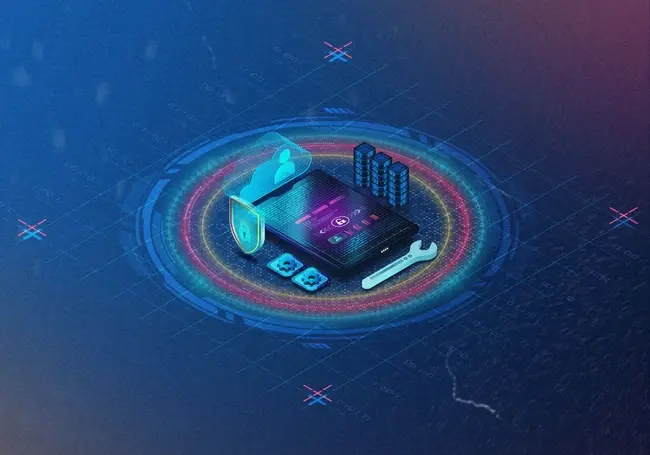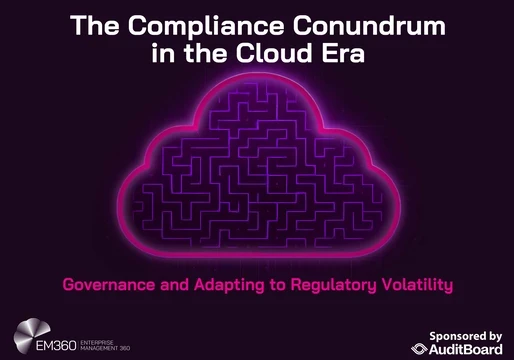It’s no secret that the workplace has undergone a radical transformation. Employees are no longer tethered to their desks.
Employees are now working from various locations and across multiple devices.
This shift to more agile workplace has brought immense flexibility and increased productivity across organizations.
However, it presents significant issues for IT teams in securing the expanded attack surface of more devices in more locations
Enter Unified Endpoint Management (UEM), a critical solution for navigating the multitude of devices.
Unified Endpoint Management has emerged as an important tool for organizations to secure the diverse range of devices accessing their networks and data,

What is Unified Endpoint Management?
Unified Endpoint Management (UEM) is software that helps enterprises manage and secure all the devices that connect to their network.
This includes everything from laptops to phones to any IoT device or wearable. UEM software provides a single platform to control and monitor all these endpoints. This helps to simplify the administrative load and ultimately improves security across the organization.
Unifying devices into a single platform simplifies tasks like software updates, security patches, and troubleshooting.
It helps improve security by enforcing security policies across all devices. This includes requiring strong passwords, encrypting data, and controlling which apps can be used.
Unified Endpoint Management is important as the workplace has evolved to be more remote and employees are working across multiple devices. This increases potential points of entry for cyberattacks. Unified Endpoint Management provides a centralized platform to secure all these endpoints, regardless of their location or ownership.
Sensitive company data is now accessed and stored on a multitude of devices, many of which are outside the traditional office perimeter. UEM helps enforce data security policies, such as encryption and access controls, to protect this data.
Employees also expect a seamless and consistent experience across all their workplace devices. UEM helps ensure this by providing easy access to applications and resources, regardless of the device or location. It also simplifies troubleshooting and support whilst minimizing disruptions to productivity.
The Best Unified Endpoint Management Solutions
There are a variety of Unified Endpoint Management (UEM) solutions on the market, each with its own set of features, benefits, and limitations when it comes to securing and managing your organization's diverse endpoint landscape.
In this list, we’re exploring ten of the leading UEM solutions available today, examining the features and capabilities that make them stand out.







Comments ( 0 )